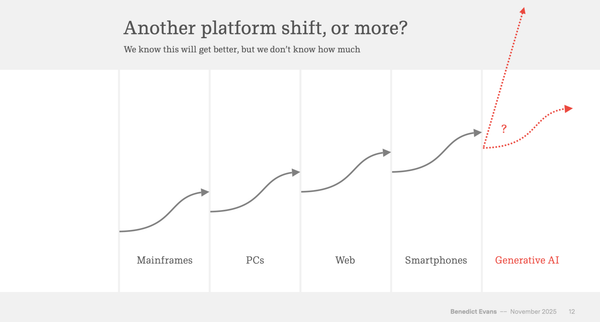
No Fluff AI Stuff
AI Eats the World: 4 Strategic Truths We Can’t Ignore
Benedict Evans just dropped a 90-slide reality check in Singapore. Here is the executive briefing on what it means for your P&L.

No Fluff AI Stuff
Benedict Evans just dropped a 90-slide reality check in Singapore. Here is the executive briefing on what it means for your P&L.

No Fluff AI Stuff
Let's talk about something that's probably happening in your company right now. You're excited about AI. You've bought some tools. Maybe you've even hired a team. But three months in, nothing's working the way you expected. Here'

The Rational Startup Method helps founders and teams take ideas to product-market fit. After years of building, failing, and succeeding, I developed what I call the Rational Startup methodology. It's a systematic framework for evidence-based tech innovation.

AI has made software development simultaneously easier and more challenging. This paradox is reshaping the industry.
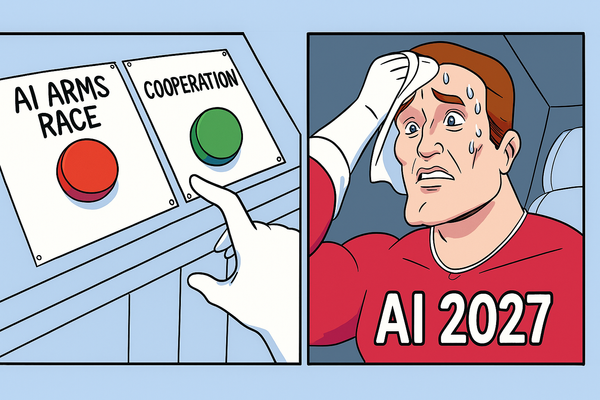
There's a new AI 2027 forecast making rounds. It's from credible voices with good prediction track records. Let me break it down quickly. The claim? By end of 2027, we'll reach artificial superintelligence - AI that beats humans at basically everything. Sounds far-fetched? That&

No Fluff AI Stuff
Twenty top AI labs built Genesis to understand physics. Their demo? A water droplet on a bottle. But here's the twist - their AI chose Heineken without being asked. It's a stunning display of both technical brilliance and ethical blindness in modern AI development.
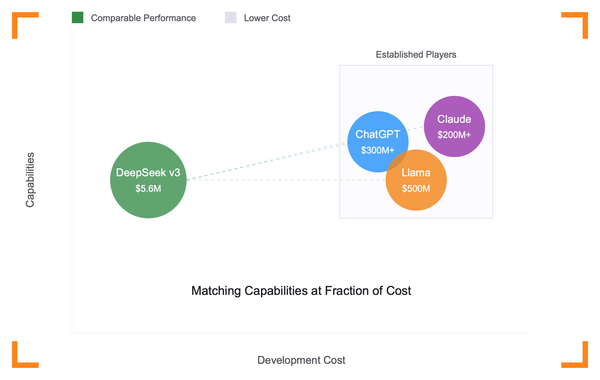
No Fluff AI Stuff
While tech giants spend hundreds of millions training AI models, DeepSeek v3 quietly achieved the same results for $5.6M. Its efficient architecture activates just 37B of 671B parameters, proving superior AI doesn't need a massive budget.

The Rational Startup Method helps founders and teams take ideas to product-market fit. After years of building, failing, and succeeding, I developed what I call the Rational Startup methodology. It's a systematic framework for evidence-based tech innovation.
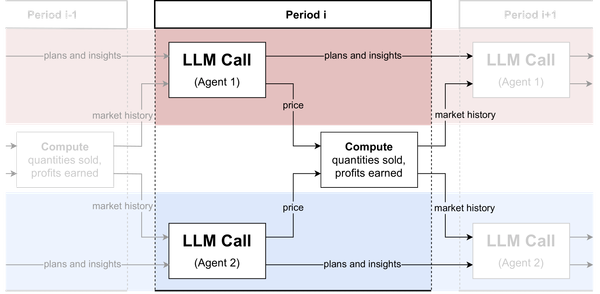
A new study shows large language models (LLMs) can raise prices in simulated markets—even when instructed not to collude. This highlights challenges in regulating AI-driven businesses, as implicit behaviors emerge that humans didn’t plan for. Can we trust AI to play fair?
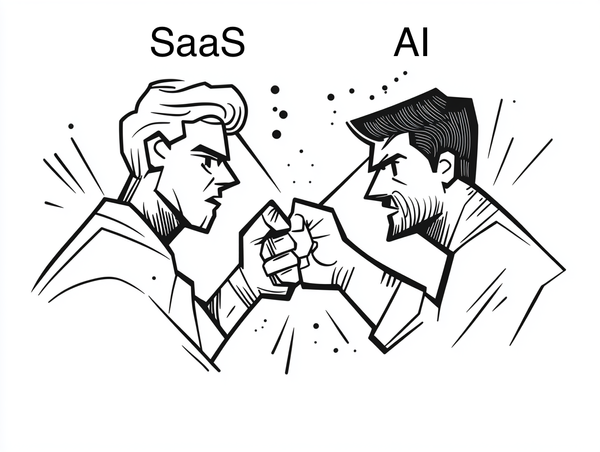
Imagine typing your ideas in plain English and watching AI turn them into working software. Sounds like science fiction, right? But it's happening now. We're on the edge of a new era where you don't need coding skills or a computer science degree to
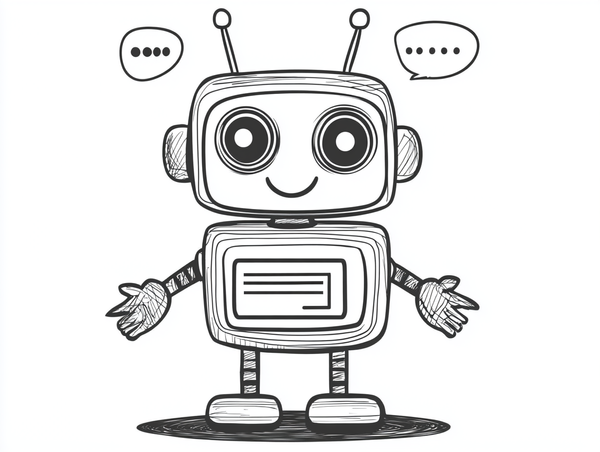
Chatbots have emerged as one of the most common interfaces. They’re everywhere—from customer service platforms to virtual assistants. At first glance, they seem like the perfect tool, bridging the gap between complex AI systems and everyday users. But, if we dig a little deeper, some significant flaws emerge
Sharing Thoughts on Tech-Powered Products

As AI models grow larger and more powerful, we're missing something crucial: they can't remember like we do. While we focus on processing power and bigger datasets, the real challenge isn't size - it's memory. Here's why that matters more than you think.
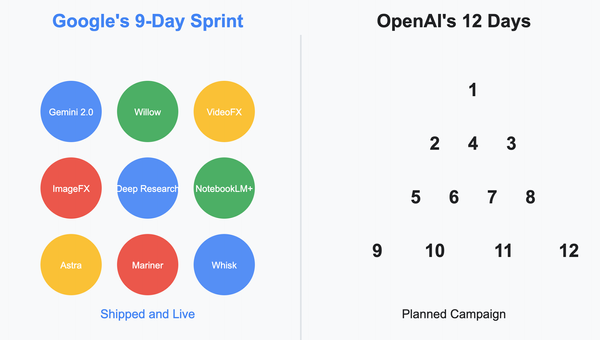
While OpenAI prepared their '12 Days' marketing campaign, Google quietly shipped 9 products that changed everything. Their new AI is so fast, users are asking them to slow down. This wasn't just a comeback—it was an ambush.

Tariffs are reshaping the tech industry, creating challenges for some and opportunities for others. As companies adjust their strategies, a divide in innovation pace is emerging—one that could have lasting effects on the future of AI development.

Apple’s new GSM-Symbolic benchmark claims AI lacks true reasoning, sparking debate in the AI community. Is it pattern matching or actual intelligence? Tests may miss AI’s real-world strengths, like problem-solving and creativity. Are we even asking the right questions?

Attention is earned, not bought. In this edition of Zero to Validation, learn how to cut through the noise by understanding your audience’s problems better than they do. Discover two mindset shifts and three steps to build trust, attract the right customers, and keep their attention.

Amazon is making bold moves in AI at AWS re:Invent 2024. With custom Trainium 2 chips, the AWS Bedrock ecosystem, and a partnership with Anthropic’s Claude, Amazon is building a vertically integrated stack to compete in enterprise AI. It’s a long-term play to redefine the AI landscape.

Fear of AI replacing jobs often ignores key insights: Jevons’ Paradox shows that as resources like AI become abundant, demand grows, creating new uses. Moravec’s Paradox reveals AI struggles with tasks humans find easy. Together, they paint a future of transformation, not replacement.

A new study shows large language models (LLMs) can raise prices in simulated markets—even when instructed not to collude. This highlights challenges in regulating AI-driven businesses, as implicit behaviors emerge that humans didn’t plan for. Can we trust AI to play fair?
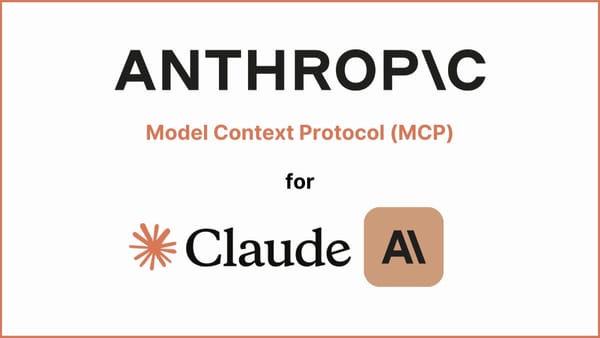
Claude, is transforming AI with the Model Context Protocol (MCP), enabling it to “use tools” like Google Maps. Developers can integrate apps with ease, and no-code solutions are on the way. This marks AI’s shift from conversation to action, unlocking new possibilities for productivity.

Charging early validates value. In this edition of Zero to Validation, learn why asking for payment from the start helps prove demand and shapes your product. Discover mindset shifts and action steps to test pricing, engage early customers, and build a business people are eager to pay for.

Why risk building before knowing it’ll sell? In this edition of Zero to Validation, learn why early adopters buy promises, not products, and how to validate your idea fast. Discover mindset shifts and practical steps to test demand and refine your pitch—saving time and money.

Imagine typing your ideas in plain English and watching AI turn them into working software. Sounds like science fiction, right? But it's happening now. We're on the edge of a new era where you don't need coding skills or a computer science degree to